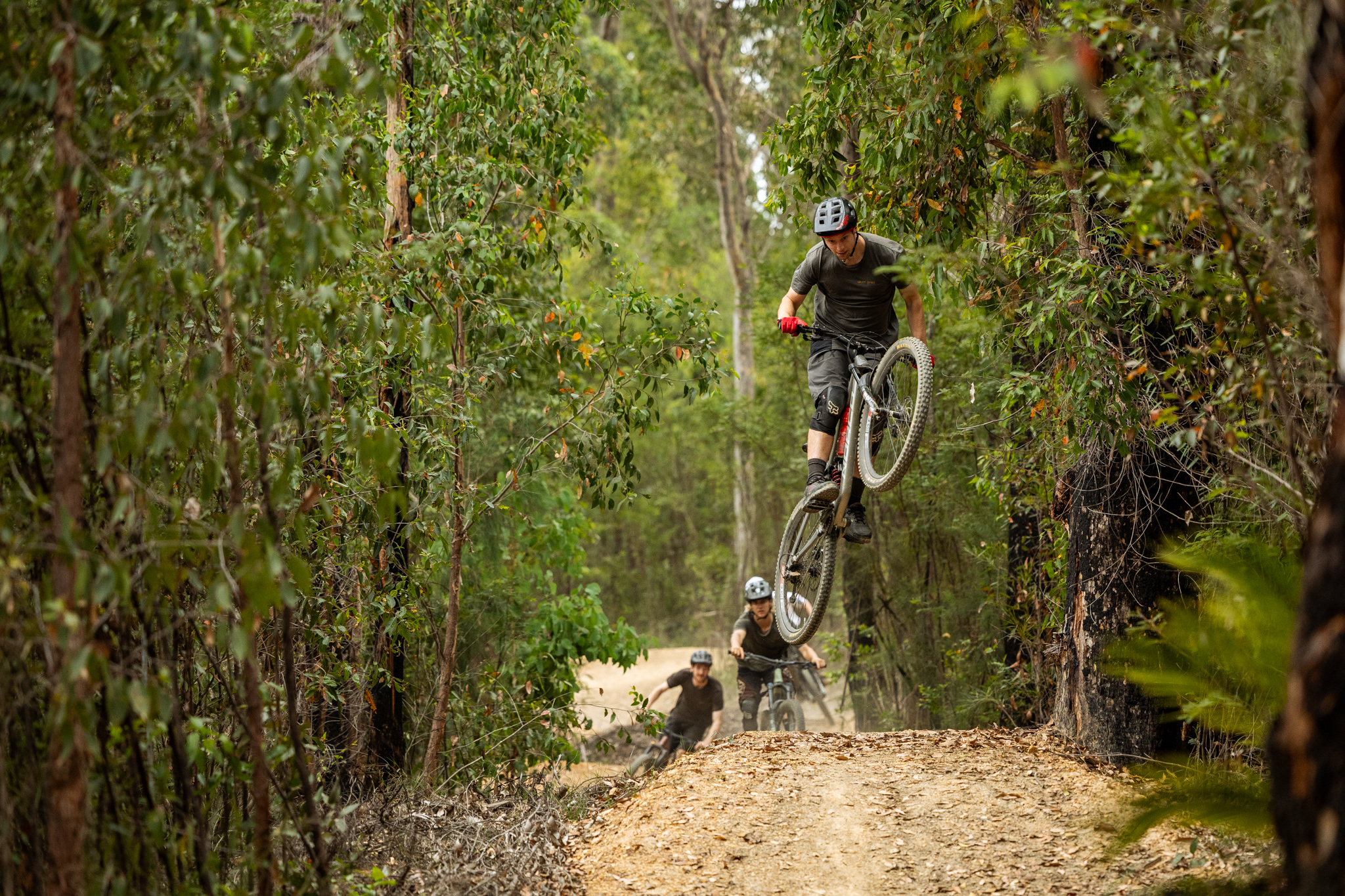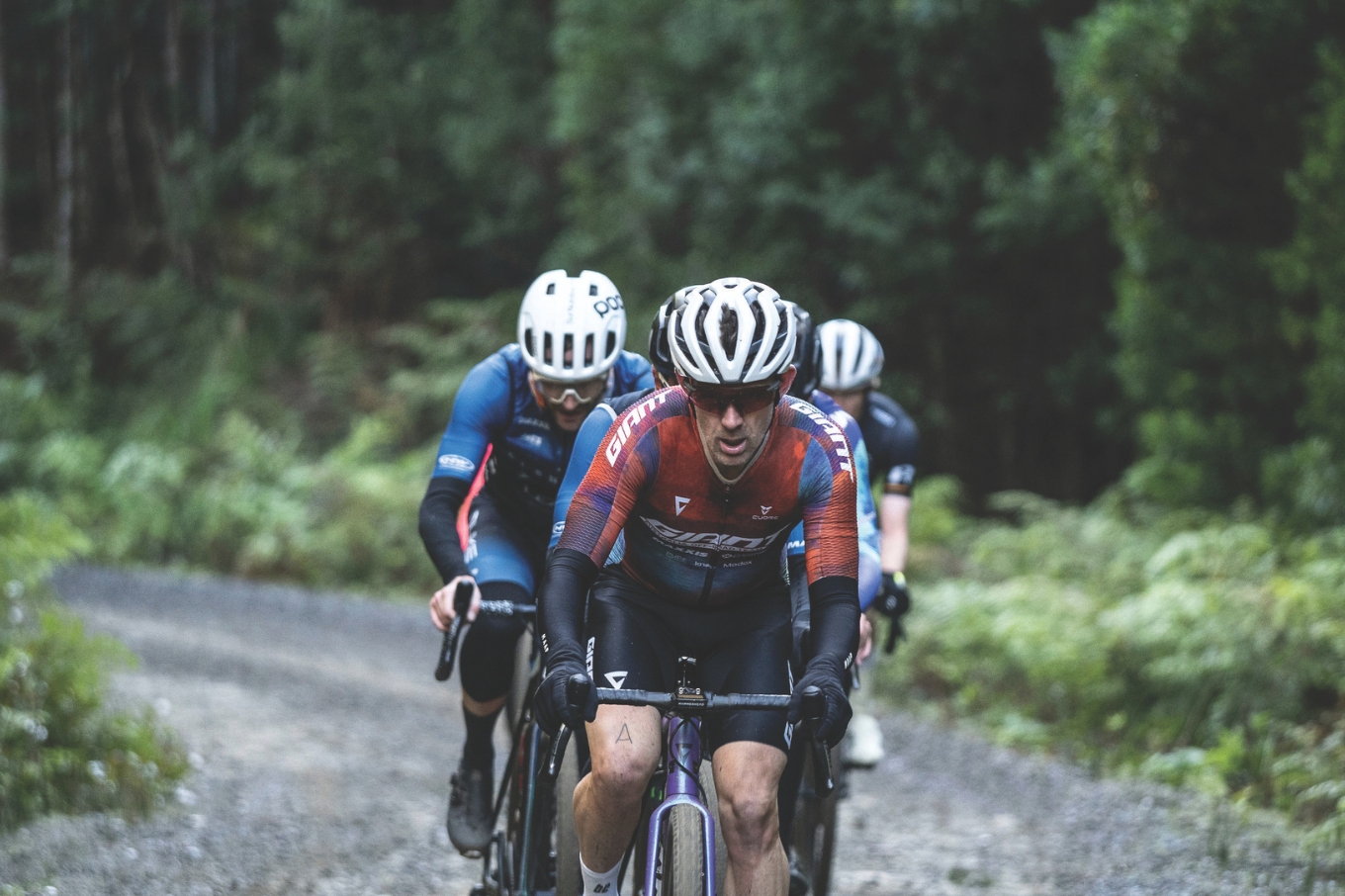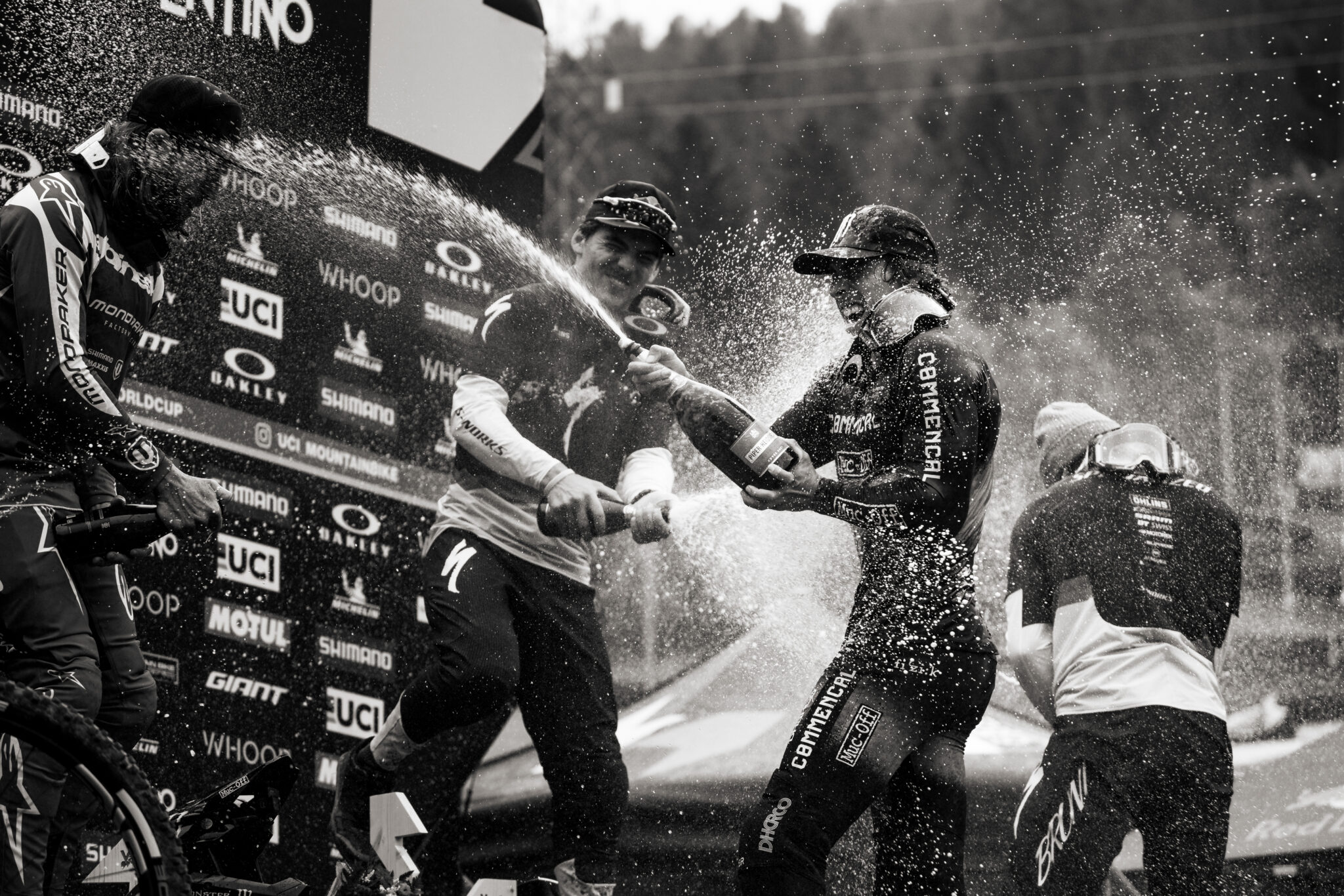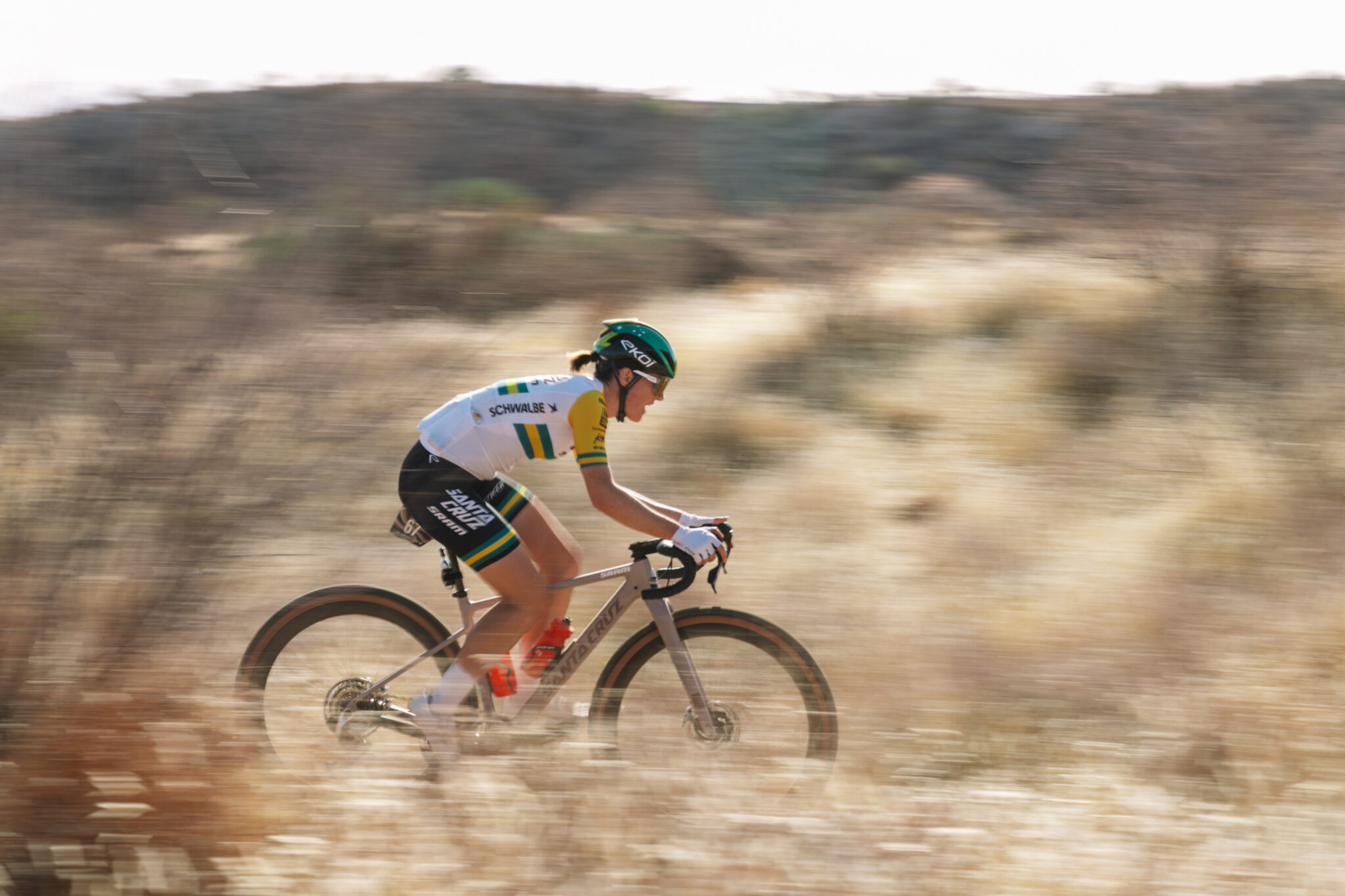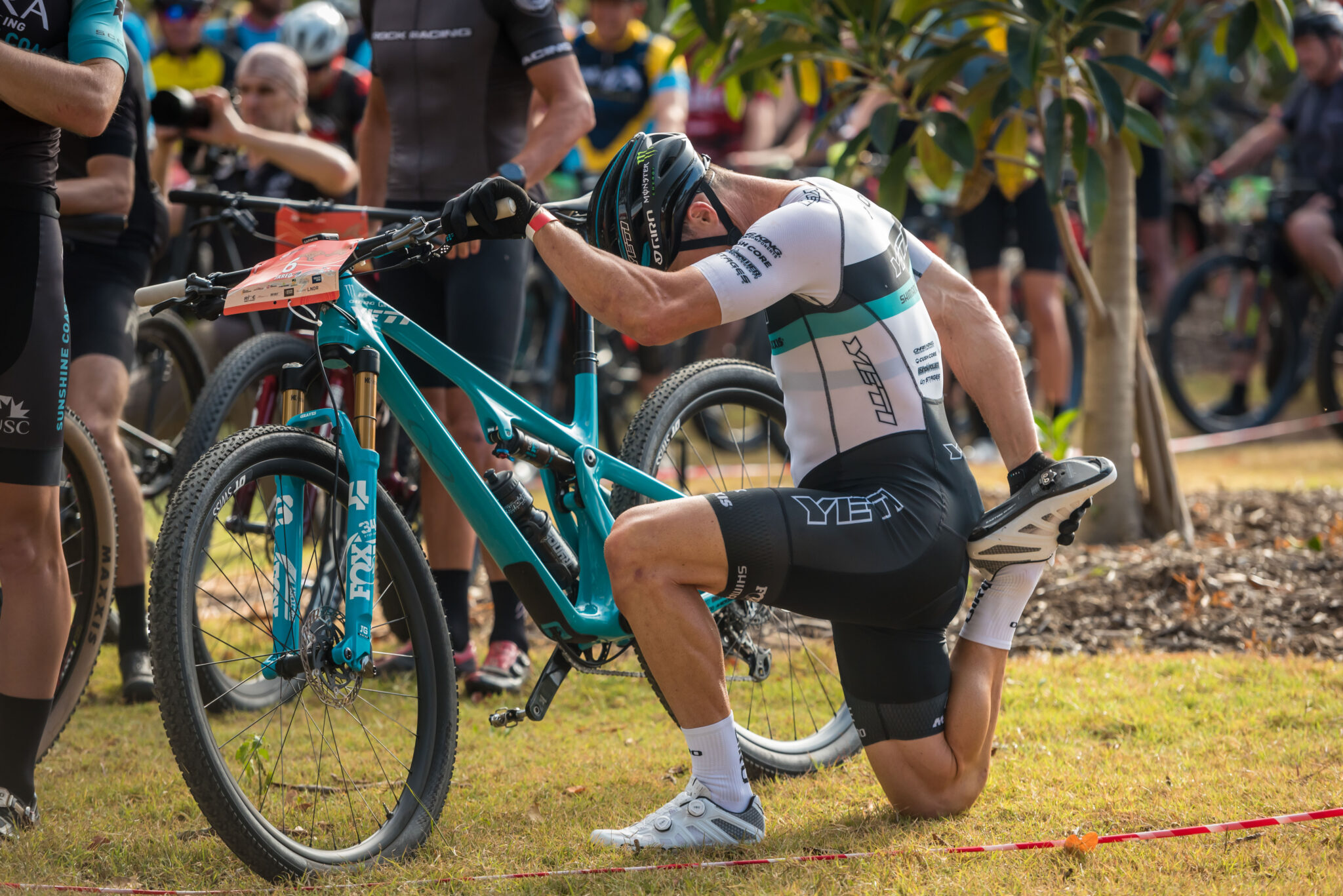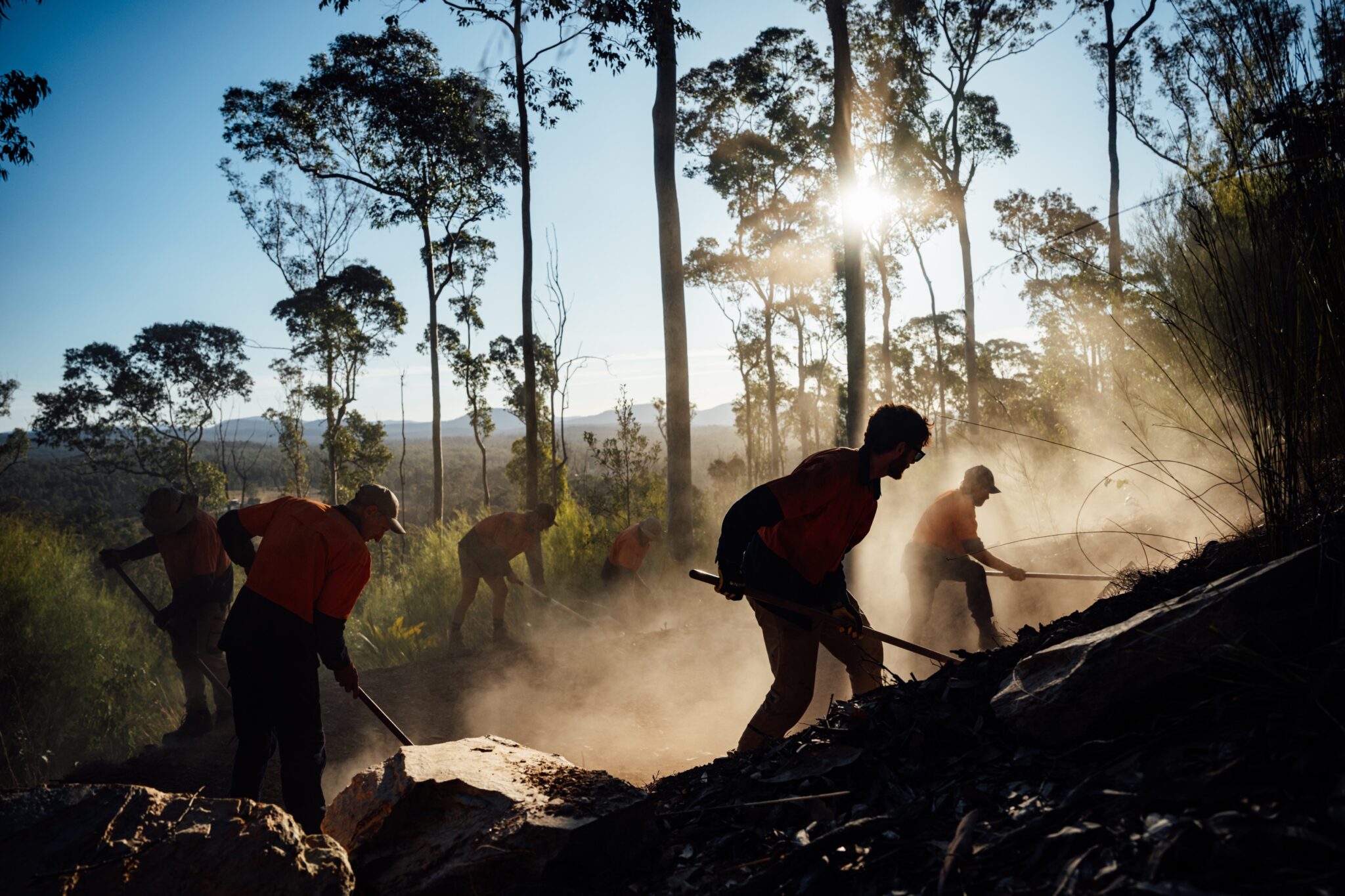Getting a desert fix
Alice Springs has a certain pull for many people. Some people move there - some move away and come back. And many can't help but visit for the riding.
Words: Imogen Smith
Photos: Tim Bardsley-Smith
If you’re not sure where Alice Springs is, it’s the easiest town to locate on our vast continent. Stick a pin dead in the centre of Australia and you’ll be very close. If you’re a glass-half-full kind of person, you’ll see that Alice is the closest town to every beach in Australia. If you’re anything else, you might be tempted to think of our desert capital as a point of no return. Alice is the place you get to when you’ve still got a really, really long way to go before you get anywhere else.
That’s if you want to leave. For over a decade now, Aussies from the coastal regions where most of us make our sensible homes have been travelling to Alice to take part in stage races and for mountain biking holidays. Mountain bike culture in Alice has deep, strong roots and the sport anchors a community to a town where I imagine one might otherwise feel marooned in a sea of desert.
Local bike shop owner Ben Gooley felt that way. He grew up in Alice but couldn’t wait to leave, so much so that at the age of 19 he joined the Navy and ‘sailed around the world’ for fifteen years or so. Once he got that out of his system, he came straight back, and it was the riding that drew him home: ‘it was 100 per cent of the reason,’ says Ben, ‘leaving the navy and coming back to Alice Springs. It was so I could get on the mountain bike, five minutes from work, not travel hours every weekend just to get to a trailhead’.
I look around at Alice’s cobalt sky and dramatic red landforms. The town has everything you need: a thai restaurant. A gym. Representatives from both sides of Australia’s supermarket duopoly. Three good bike shops. An airport with direct flights to major cities. Still I wonder is that enough? The isolation, the heat. Alice is beautiful, but she isn’t perfect.
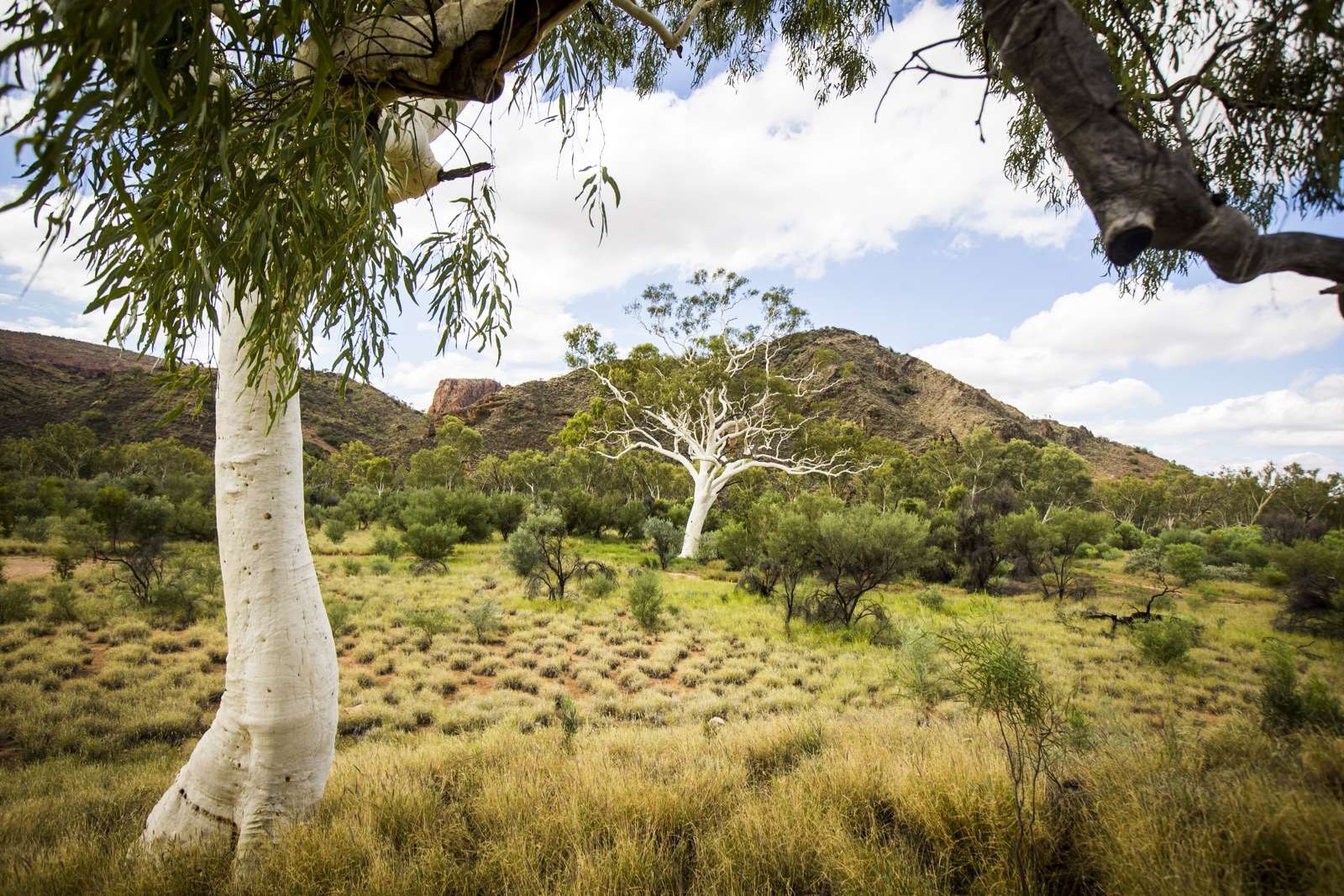
Ben, bright-eyed, explains that he opened a bike shop ‘purely by chance’ when the previous owner moved away. ‘I was in the right place at the right time’. But being at the heart of a lot of the town’s mountain biking brings him more – deeper connections. Tourism is great, explains Ben. It’s drawn more visitors to the town and from more places and backgrounds than the usual grey nomads and backpackers, but it’s on a local level that mountain biking seems to contribute the most: ‘For the locals,’ says Ben, ‘it’s huge. It’s a huge social aspect for the town. The Facebook page is always aflutter with different trail rides and social rides meeting up. For such a small population sport plays a massive part in Alice Springs life.’
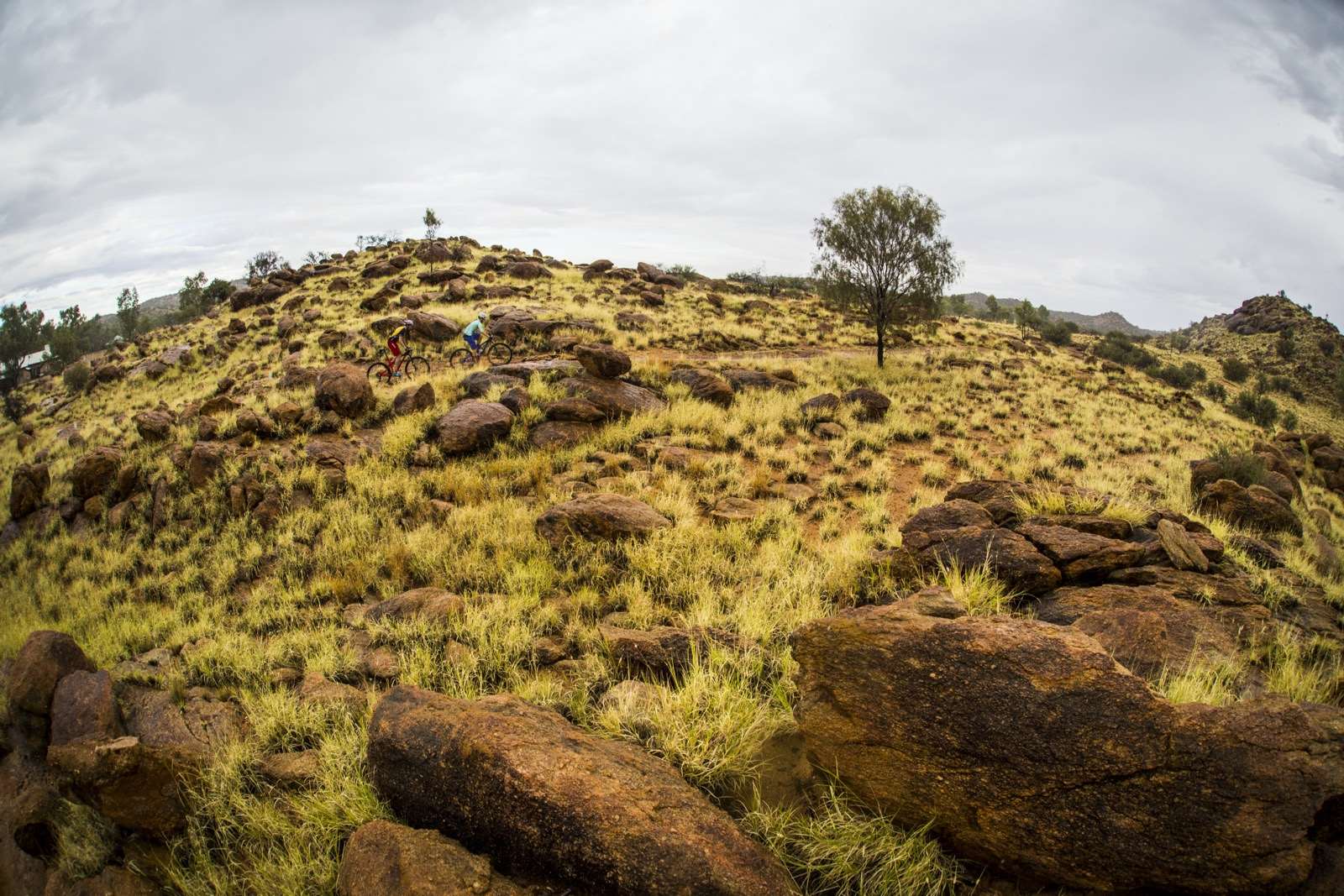
The desert seems to have a pull of its own, too. During my time in Alice, I hear stories about trail builders who, in summer, finish a day at work, pull on a head torch, pick up a rake, and ride out into the desert to cut trail, alone in the dark, until the sun starts to come up. Ben tells me about how, in the weeks before one of the town’s two MTB stage races, he’d head out at 1am to mark the courses, trailed by howling dingoes that kept close but always stayed out of sight. They do things differently in Alice, and they do a lot of it at night.
During summer, riding is harder. Temperatures soar above 40 degrees, and regularly hit the mid-thirties before lunchtime. Early starts and night riding are common and locals tell me that when the moon is full, out here in the clear, dry desert night, you can ride without lights at all. Some trails have been lined with the white and rose quartz picked up from among the thorns and sand, which glows in moonlight.
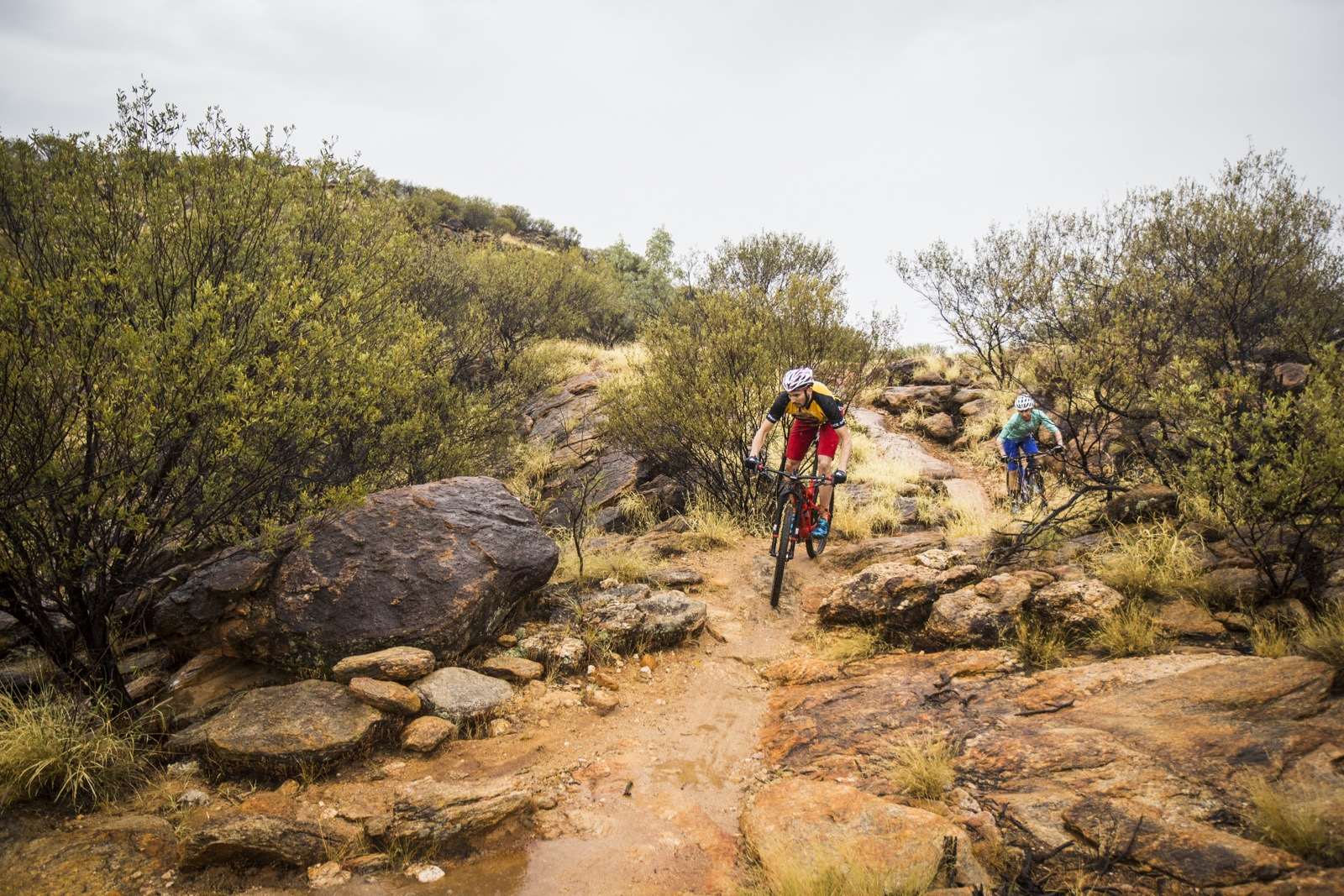
Nick Barnes grew up in the Barossa Valley but his work as a police officer took him to Tenant Creek, then about five years ago into Alice Springs. Once a keen road rider he’d let his fitness slip, but soon after arriving in Alice he was hooked on the mountain bike. He explains that once he got out on the trails ‘it just sort of grew and grew, there was so much on offer. Within five minutes from anywhere in town,’ he says, ‘you’re out on the best trails in Australia’
Mountain biking has clearly played a big part in Nick’s life in town, so much so that he’s is now president of the town’s MTB club, the Central Australian Rough Riders. ‘There’s this sense of community,’ he explains. ‘After the first 12 months of just riding I was really enjoyed it and just wanted to give something back.’
For Nick, the tourism potential of signposting and opening up the trails around the Telegraph Station is one thing: ‘Legitimising the trails has been massive,’ he says, ‘because we can advertise that and promote it and publish maps to get people here’. But I get the sense that for Nick, the effect having signposted, accessible trails on the community is closer to his heart. Nick explains that he loves seeing families out riding, and newbies get into the sport: ‘It’s healthy, it’s a good sport, it’s skilful, it’s got everything. That’s my objective – just to see more people on bikes and enjoying it’.
I meet up with Ben Gooley for a ride, starting at the Telegraph Station, we take left and right-hand turns, away from the signposts, further afield. We head down some near-overgrown, rocky, techy trails. He explains that the singletrack was built by a man who also teaches metalwork at the local school. We pause on a ridge and look around. The metalworker has made a bunch of mysterious, rust-coloured, humanoid sculptures and erected them on ridges and at junctions on the trail he built, all of it in his own time. I spot one of the figures, silhouetted against the sky. It’s strange, childlike. Menacing and mischievous all at once. Apparently they’re terrifying on a night ride.
When I was racing out in the desert, after pedalling for two hours or so, I came across a trail marked by cairns of stones. There were dozens of them, some of them huge. Stacks of rocks made by human hands. They say that if you see the Todd River, Alice’s (nearly always) dry river flow three times you’re to stay and become a local. But I think there’s more to it than that In the desert, I feel like I’m in a survival situation. Whoever made these cairns was comfortable enough to sit under a blistering sun, with no living being in sight, for long periods of time – piling up rocks, making monuments. Being a local means being at ease with isolation, and you only get that by banding together.
Paul Darvodelsky is a man who’s seen the Todd River flow many times, although he had a childhood quite similar to mine. He grew up in the northern suburbs of Sydney, running and mountain biking on the sandy trails and rock gorges that border the city. Now he’s an Alice Springs resident. I ask him how that happened, how the place bewitched him.
‘There’s something special about the red centre after rain,’ says Paul. ‘Improbably green grass appears, creeks actually have water in them and a myriad of flowers burst forth from the once cracked red earth. Early 2003 was one of the infrequent times when Alice Springs got good rain. On a whim I decided to fly out there and have a look around, camping in the spectacular McDonnell Ranges. I had started mountain biking about two years earlier and was a particularly bad beginner. Unknown to me Alice Springs was about to be the host to one of Australia’s first MTB stages races – the Central Australian Bike Challenge.’
After leaving his camp one morning Paul stumbled across a checkpoint for the race and stayed a while to help out. ‘I knew instantly that this was a race I wanted to do,’ he says, ‘and so the next year I came out with a small group of friends. That was the start of an annual trip – my desert fix – until eventually my wife and I moved here to live. There’s a certain magic in Alice Springs which draws one back.’
Again, I’m reminded that besides the landscape and the trails, this magic resides in Alice’s people, as Paul explains: ‘Living in Alice is easy. It’s a great size and well connected to the rest of Australia. The environment is beautiful and the climate not as fearsome as you might think. What stands out most though is that people have more time and therefore the connections are stronger than I have experienced in the city. Because of time, people look after each other more. Get sick and someone will drop over, unannounced, with a lasagne for you for dinner. And people just drop in for a cuppa and a chat. In my busier, city life, these simple pleasures seemed to have been lost in my haze of commuting and working too hard to pay the mortgage…’
Every time I come to Alice I say to somebody that I wish I could move here. I pack my bike up and fly home to Brisbane, to my job and my mortgage, and look up the dates of the next race in the red centre.
When am I going to get my next desert fix?
When to visit: Not summer. It’s too hot.
What to do: There are dozens and dozens of incredible experiences to be had in and around Alice. Take a trip to Kings Canyon or visit the Desert Park in town. There’s always Uluru, of course, where you can now rent a bike and cruise around its circumference, about 12km (outbackcycling.com)
Where to ride: If you’re planning a visit based around mountain biking, entering an event could be a great way to see trails that aren’t marked and that you’d otherwise never find. Check out Easter in the Alice and The Redback.
If you’re on your own, visit the Telegraph Station, trail central, where you can follow the signs and find maps.
Outback cycling run the Telegraph Station café and take tours and provide bike hire – outbackcycling.com
Club and community stuff: Central Australian Rough Riders is an active, community-based club in town and holds regular rides and social events, as do bike shops in town (such as AvantiPlus and Ultimate Ride).
